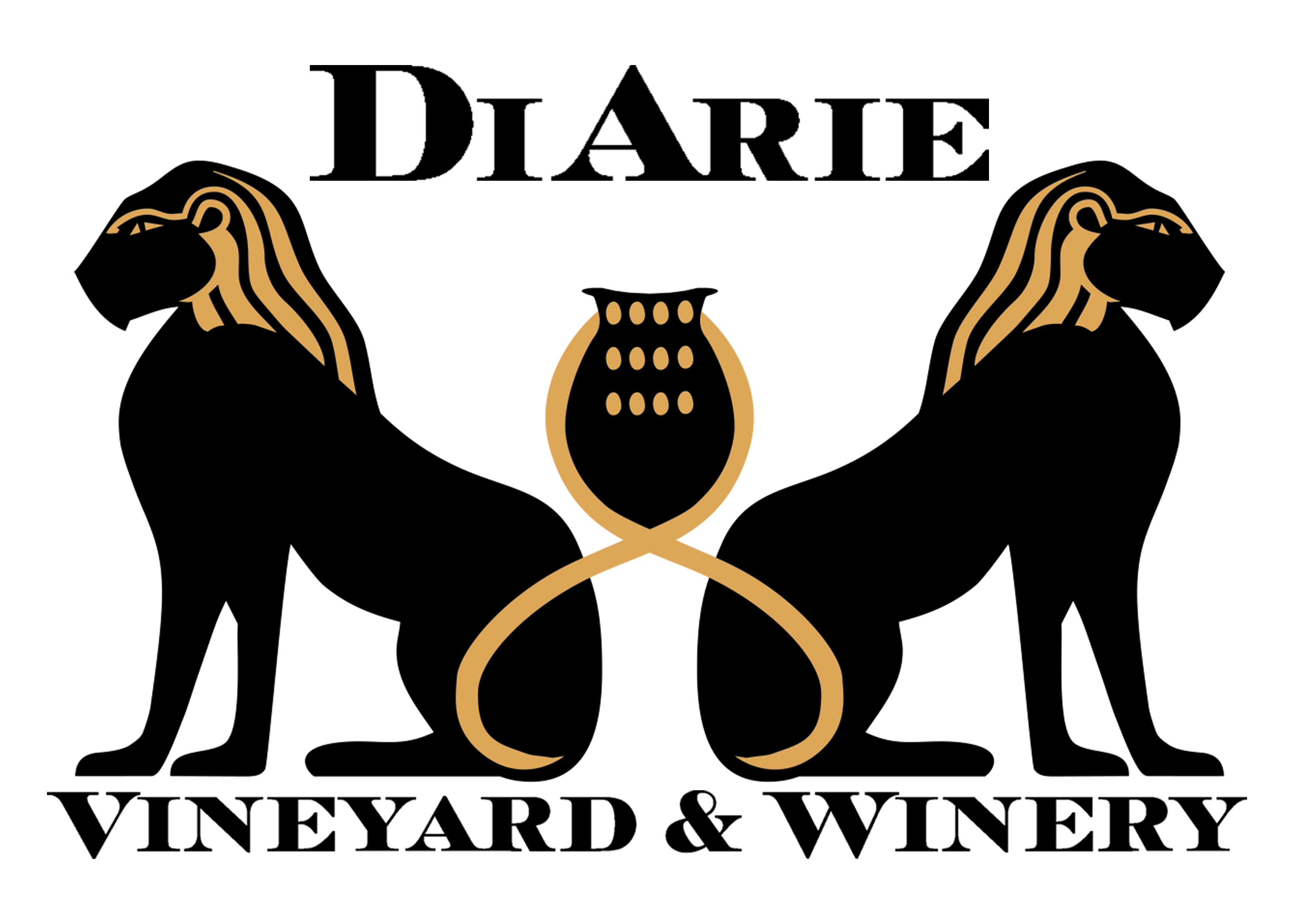Have you ever run across the term “noble grapes” and wondered what it means? I have, many times. And to be truthful I wasn’t so sure what it really meant until I investigated. I did not expect to find out that “noble grapes” is a term used to describe the grape varieties that are most recognized in the world as producing the highest quality wines. After all, to me “noble” means aristocratic, or belonging to a hereditary class with higher status. What does this have to do with wine grapes? Well.…. After all, I am sure you are aware that winemakers always use metaphors to describe wines. Some people call this the winemaker’s language or “winespeak”.
Have you heard that wines are often described as soft or hard, as wimpy or muscular or as elegant or powerful? A few of the following examples will illustrate this point:
Calling a wine “balanced” means that no single component sticks out.
Drinking an “angular” wine is like putting a triangle into your mouth.
An “austere” wine turns your mouth upside down.
A “complex” wine gives the perception of multiple layers of flavors.
“Barnyard” doesn’t need explanation.I dug deeper into the “noble grape” concept and discovered that there is no concensus as to how many varieties of grapes make up the class of “noble grapes”. If you ask the French, who it seems were the creators of this concept, they will tell you that there are seven grapes in the “noble grapes” category, including Sauvignon Blanc, Riesling, Chardonnay, Cabernet Sauvignon, Merlot, Pinot Noir and Syrah. Coincidentally, all these seven varieties happen to be French. As for the Riesling they consider it also French since it comes from the region of Alsace adjoining France, which culturally is neither French nor German.
What an ingenious marketing plan to use a great name with an interesting story while calling a grape “noble” and only seven varieties attaining this status. No wonder the French dominate the wine market in the world.
While the French have had a long run of domination, other old-world countries, as well as a few new world wine countries are waking up and fighting back with their own local grape varieties trying to include them in the so far exclusive “noble grapes” club. The prime examples are Italy with their Nebbiolo, Sangiovese, Pinot Grigio and Muscat and the Spanish with their Tempranillo and Grenache.
Some people claim that in addition to great marketing, the original seven “noble grapes” have the ability to please the palates of most people. The question is whether the “noble grapes” are really that much better than the others? As a winemaker I am intimately involved with three of these seven grape varieties and I do consider them as some of my favorites. There are other varieties, such as Tempranillo, Zinfandel, Nebbiolo, Barbera and others that I like as well. The question is whether the “Big Seven” were in the right place at the right time? Sometimes it helps. Cheers!
Chaim
